
In today’s world where technological advancements and the hustle and bustle of modern life have become the norm, it’s often fascinating to take a step back and ponder what life was like a thousand years ago. This journey back in time reveals a world drastically different from our own, yet one that laid the foundation for the societies we know today. In this exploration, we’ll delve into the intriguing aspects of life a millennium ago, from population figures and daily routines to love, science, and even death. We’ll also uncover some of the peculiar habits, medical practices, and technological wonders of the time.
It is always interesting to explore both future and the past. Past gives us some perspective on how much changes happened in that particular period and additionally it gives us a perspective into future.
In this article you’ll see how people 1000 years ago lived completely different lives than we have today, and the same will happen in next 1000 years. Probably changes will be even more pronounced as we already explained in our article about future world.
Having said that, let’s go backwards, one millennium back in time, and see what was life like then.
Recommendation: Discover this literary time machine that takes you into the sights, smells, and tastes of the fourteenth century—a book that is revolutionary in its concept and startling in its portrayal of humanity: "The Time Traveler's Guide to Medieval England: A Handbook for Visitors to the Fourteenth Century"
Related:
Population and Ways of Living
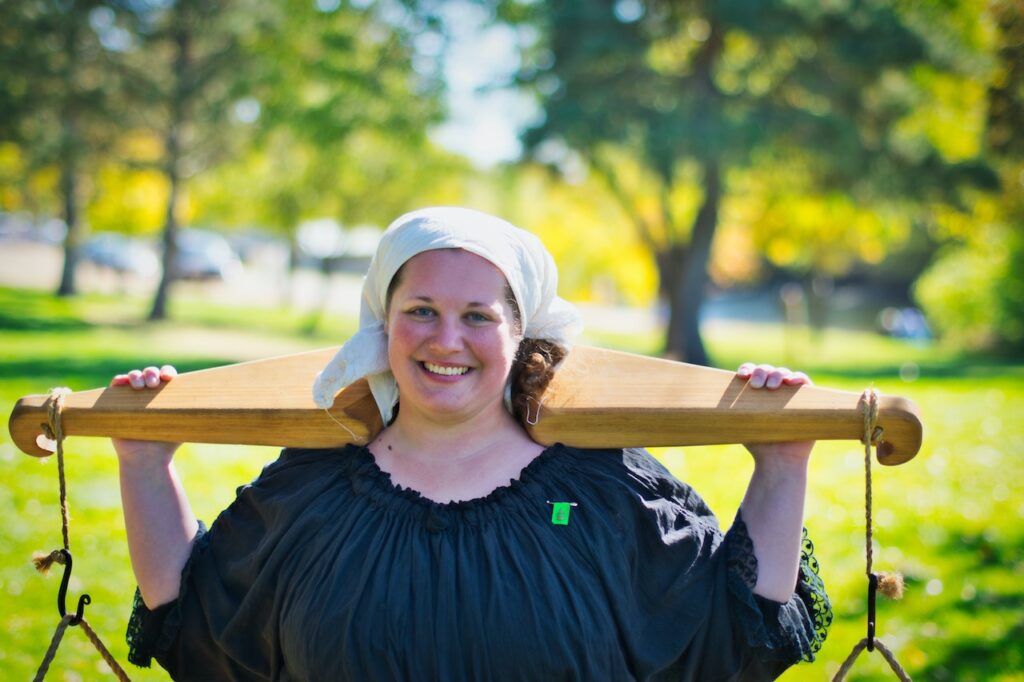
A millennium ago, the global population was significantly smaller than the 8.06 billion people on Earth today. Estimates suggest that around the year 1023, the world’s population stood at roughly 300 to 400 million people. This pales in comparison to today’s bustling metropolises and densely populated regions.
For example, today, Tokyo, is the largest city on Earth, with a population of 37.4 million people. So, 1000 years ago there were only 10x people on whole Earth as it is today only in Tokyo.
Also, the current population of the United States of America is 340,423,742 so we could easily compare whole world 1000 years ago as today’s USA.
Settlements and Homes
The majority of the population lived in agrarian societies, where farming was the primary means of sustenance. Communities were generally small and tight-knit, with people living in villages and hamlets. Homes were typically simple, constructed from wood, thatch, or wattle and daub, and often lacked the modern conveniences we take for granted today.
Society: Rigid Hierarchies and Limited Mobility
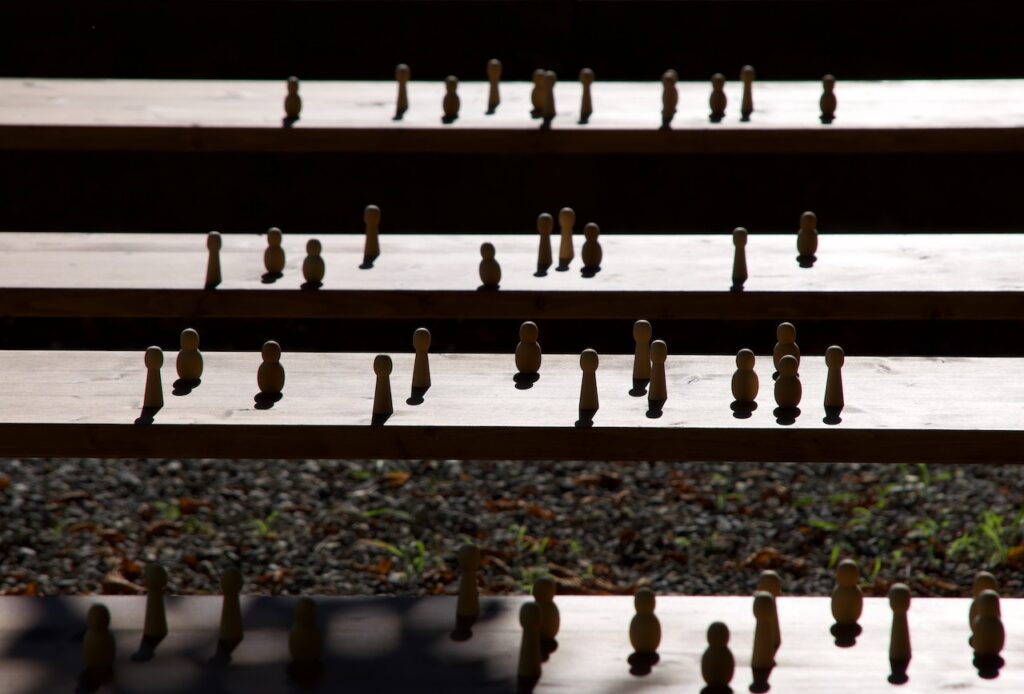
Social structures a thousand years ago were hierarchical and rigid. Feudalism was the dominant system in Europe, with kings and nobles at the top, followed by knights, clergy, and peasants. In other parts of the world, similar hierarchical systems existed, each with its unique variations.
Social mobility was extremely limited during this era. A person’s social status was largely determined by birth, and moving up the social ladder was a rare occurrence. Serfs and peasants, for instance, were bound to the land they worked on and were subject to the whims of their feudal lords.
Day-to-Day Life: A Cycle of Work and Rest
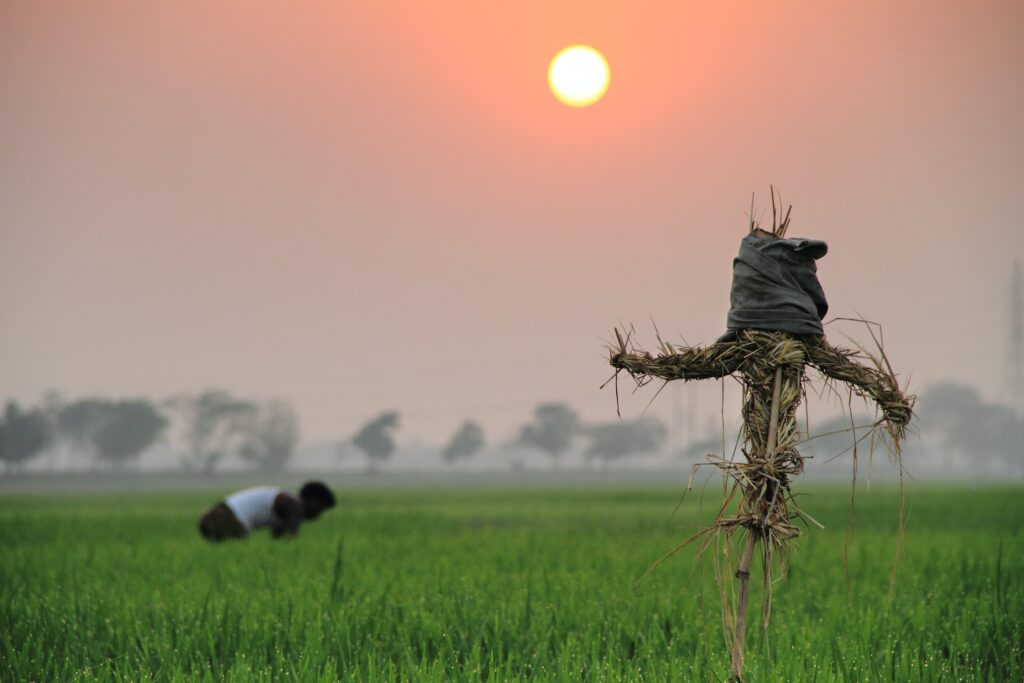
Life a millennium ago was closely tied to the rhythm of the seasons. People’s daily routines revolved around agricultural activities, from sowing and tending to crops in the spring and summer to harvesting in the fall. Winters were often a period of rest and recovery.
Limited Entertainment
With no smartphones, television, or internet, entertainment was simple and community-based. Storytelling, music, and local festivals played a crucial role in filling leisure time. The absence of modern distractions encouraged stronger interpersonal bonds within communities.
This is perhaps one of rare categories that were somehow better 1000 years ago. As we’ve written extensively in our previous articles – social media and information overload is making people depressed today. Combined with lack of real social connections, this makes todays world somehow lonely compared than how people in historical times lived.
Absurd, isn’t it?!
Love and Relationships: Arranged Marriages and Family Bonds
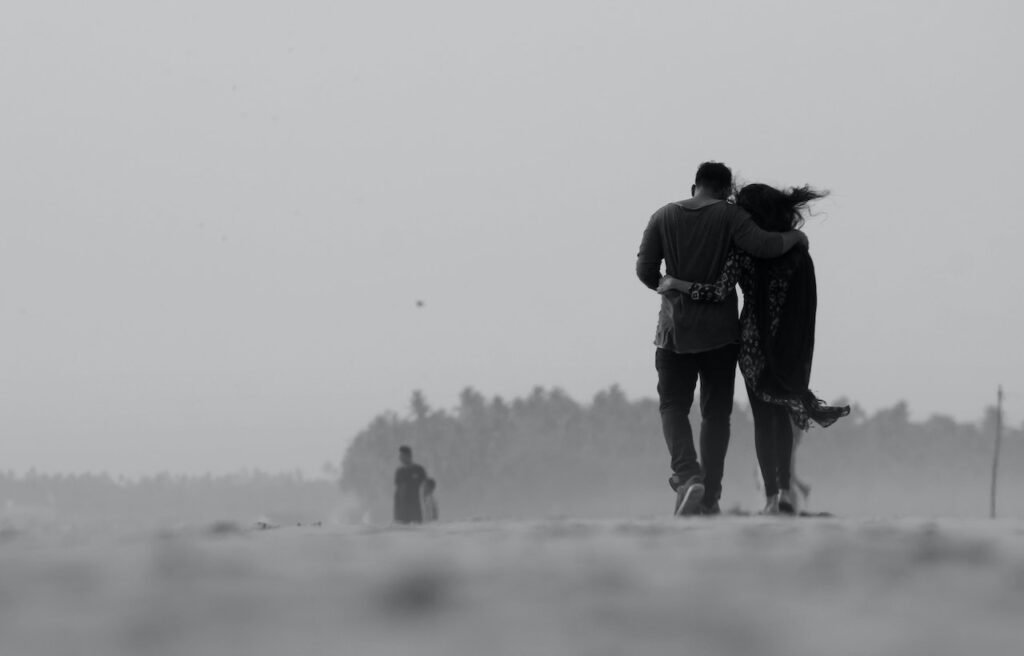
Love and relationships were often influenced by societal norms and family considerations. Arranged marriages were commonplace, and the concept of marrying for love as we understand it today was relatively rare. Marriages were often arranged to consolidate power, maintain social status, or secure alliances.
Family was central to one’s identity and support system. Extended families lived together or in close proximity, sharing resources and responsibilities. This interconnectedness helped strengthen familial bonds and provided a safety net in times of need.
Eating Habits
Dietary choices were dictated by what could be grown or harvested locally. People consumed diets that were simple, consisting of grains, vegetables, and, in some regions, limited meat. The concept of global cuisine was nonexistent, and spices were often highly prized and costly.
Seasonal eating was a way of life. People relied on the availability of fruits and vegetables during specific times of the year, preserving surplus food for the leaner months. This practice fostered a deep connection with the changing seasons and the natural world.
Working Life: Manual Labor and Skilled Crafts
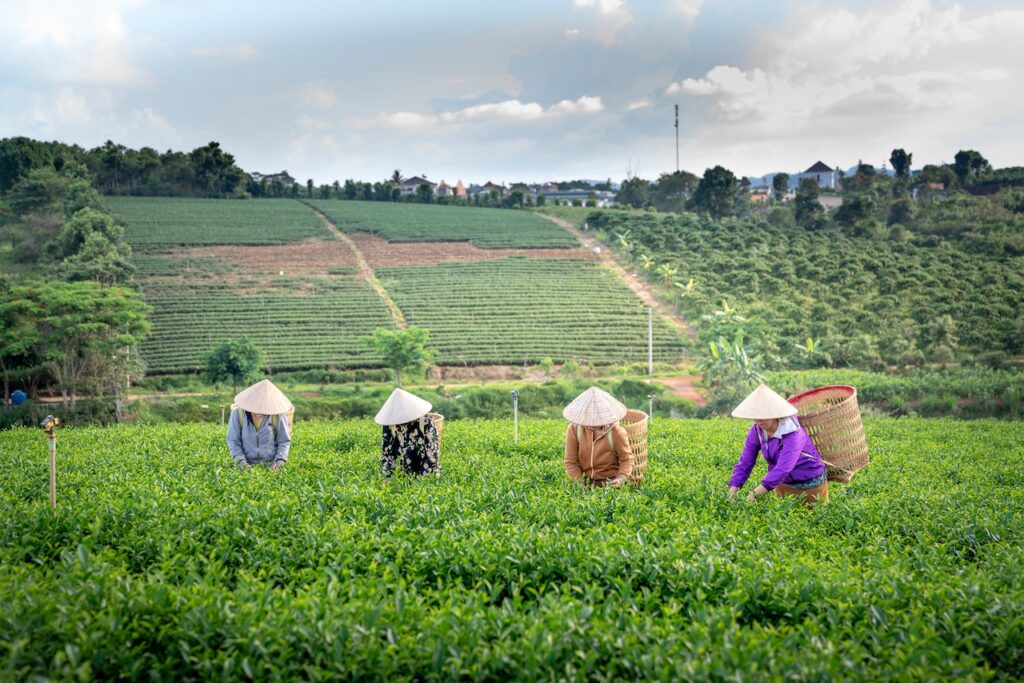
Work in pre-industrial societies was predominantly manual labor. Agriculture was the primary occupation for the majority, involving tasks such as plowing, planting, and harvesting. Craftsmen and artisans produced goods by hand, showcasing their skills and craftsmanship.
Craftsmanship was highly esteemed, and individuals typically entered their professions through apprenticeships. Guilds, associations of skilled workers, played a vital role in regulating and preserving the quality of craftsmanship and protecting the interests of their members.
Weird Habits of the Past: Superstitions and Beliefs
People a millennium ago held a multitude of superstitions and beliefs that often seem peculiar today. These beliefs influenced daily life, from avoiding black cats to using herbs for protection against evil spirits. Such superstitions were deeply ingrained in society.
Medieval folklore was replete with tales of mythical creatures like dragons, unicorns, and griffins. These creatures were not just the stuff of bedtime stories; they often had symbolic and religious significance.
Medieval Wonders: Architectural Marvels
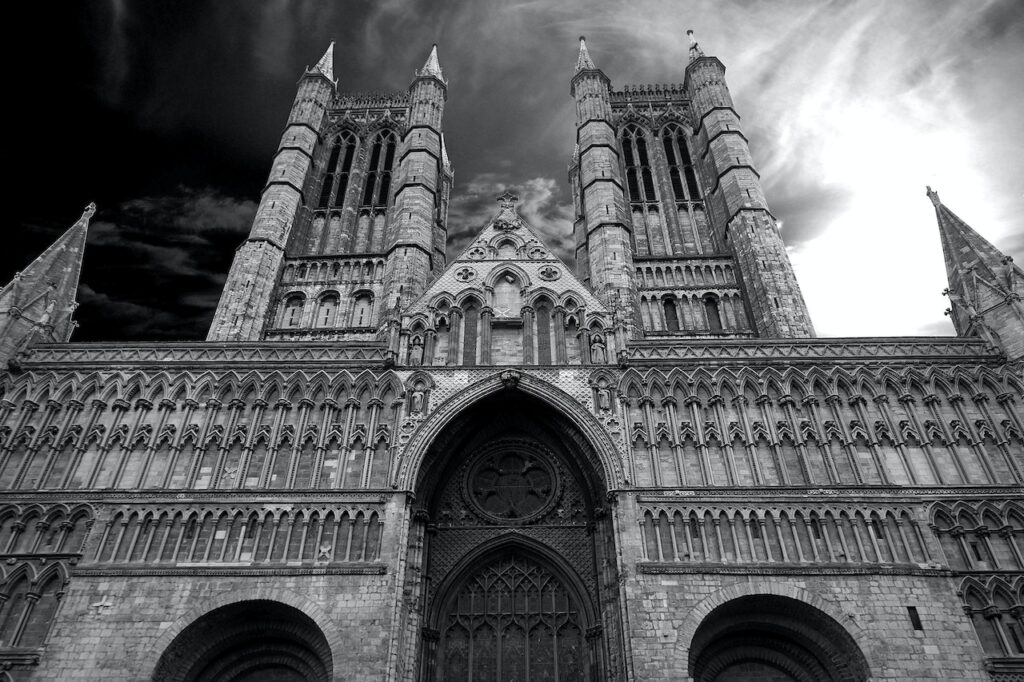
The Middle Ages gave rise to awe-inspiring architectural wonders, such as the stunning Gothic cathedrals of Europe. These towering structures, like the Chartres Cathedral in France, showcased remarkable craftsmanship and artistic prowess.
Castles, fortresses, and city walls were built with both defensive and symbolic purposes. These medieval structures, such as the Alhambra in Spain and the Tower of London, remain iconic to this day.
Medieval Diseases and Medicine
Medieval times were plagued by disease, with outbreaks of the bubonic plague (Black Death) devastating populations. Limited medical knowledge and poor sanitation contributed to the rapid spread of illnesses.
Medical practices of the time often relied on herbal remedies, bloodletting, and prayers. Physicians were limited in their ability to treat complex ailments, and many diseases were poorly understood.
Alcohol Habits: A Centuries-Old Tradition
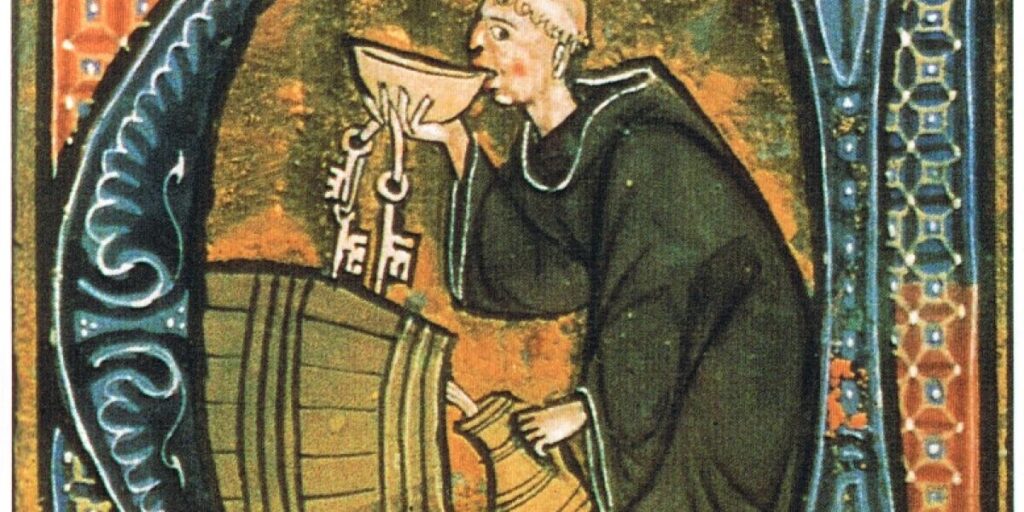
Alcohol was a staple of medieval life, with ale beer and mead being the beverages of choice. These alcoholic drinks were brewed in households and monasteries and were often safer to consume than water due to their lower microbial contamination.
Taverns served as social hubs where people gathered to share news, stories, and, of course, drinks. The tavern culture of the Middle Ages contributed to a sense of community and camaraderie.
Technological Advancements
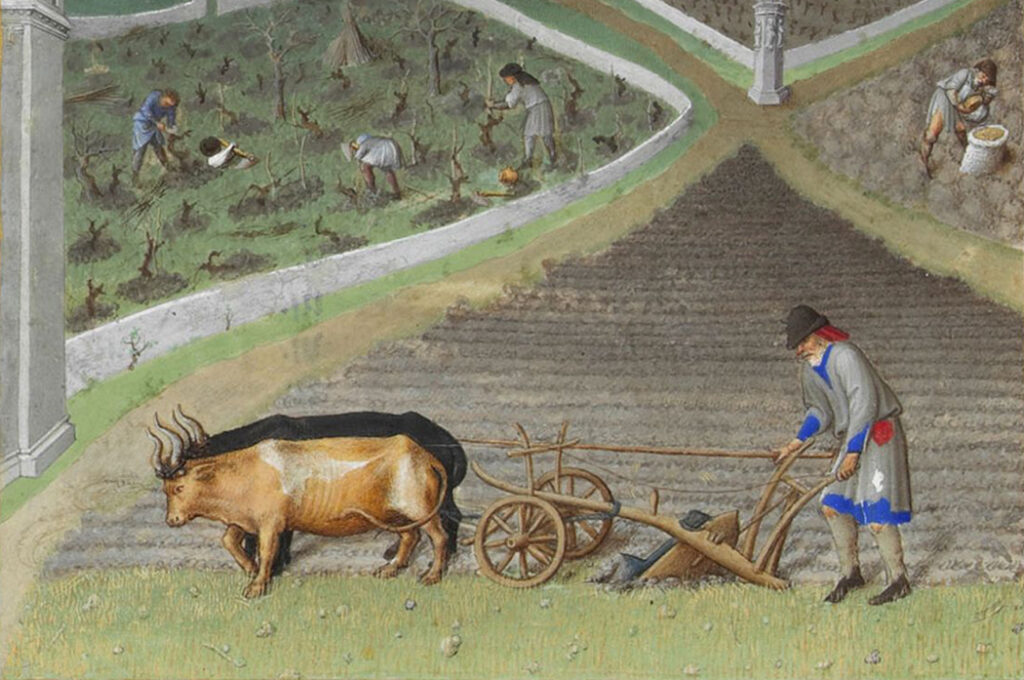
While technology was less advanced than today, innovations like the heavy plow (Carruca) and the three-field system improved agricultural productivity, allowing for more stable food supplies.
Towards the end of the medieval period, Johannes Gutenberg’s invention of the printing press revolutionized communication and knowledge dissemination, setting the stage for the Renaissance and the Enlightenment.
Longevity and Death
One of the most striking differences between then and now is the average lifespan. In the 11th century, life expectancy was significantly lower, with many people not surviving beyond their 30s or 40s. High rates of infant mortality and limited medical knowledge contributed to this shorter lifespan.
Death was a more immediate and constant presence in daily life. Religious beliefs played a significant role in shaping attitudes towards death, with the afterlife being a central focus. People often made preparations for their eventual passing, including leaving wills and making arrangements for their burial.
In Summary

Exploring life a thousand years ago unveils a world that, while vastly different from our own, laid the groundwork for the societies and cultures we inhabit today. From the peculiar habits and beliefs of the time to the architectural marvels and grim realities of disease, the past offers valuable insights into the human experience.
As we reflect on the lives of our ancestors, it’s an opportunity to appreciate the progress we’ve made in terms of knowledge, technology, and quality of life. It’s also a reminder that the world continues to evolve (perhaps too much and too fast), and the choices we make today will shape the future for generations to come.
Hopefully those choices will be better than what we’re witnessing among many leaders in today’s world.



























